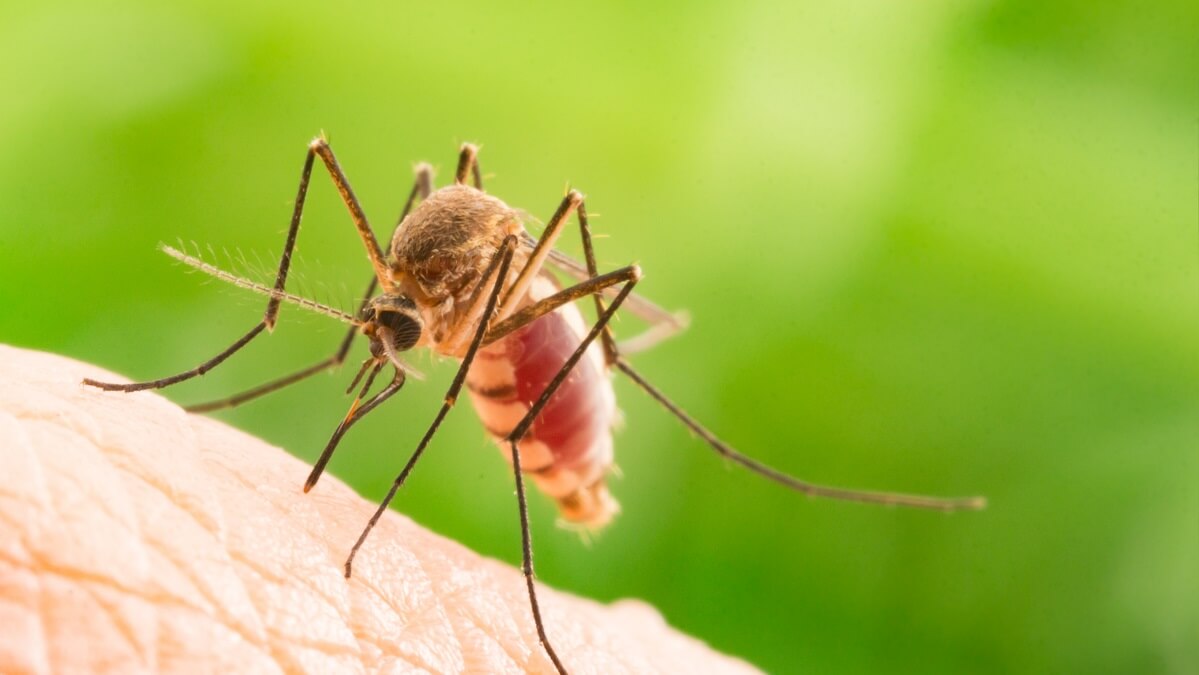Last October, YourLifeChoices reported on persistent concerns over the mysterious Buruli ulcer and its spread across Australia, particularly Victoria.
The Buruli disease, which can produce large, disfiguring ulcers on the skin, has long been a mystery to scientists. But thanks to new Australian research, the mystery is now, to large extent, solved.
The research, published last month in Nature – Biology, definitively settles the debate about Buruli’s origins and how it infects humans.
The Buruli ulcer story so far
It’s been around in Australia since the 1930s (at least) but human knowledge of the Buruli goes back further. A missionary doctor named Albert (later Sir Albert) Cook described “necrotising” (dying) skin ulcers in patients in Uganda in 1997.
This was the first-known evidence of the flesh-eating condition later identified as the Buruli ulcer. Its cause was identified as the bacteria Mycobacterium ulcerans. Later observed in other African countries, it somewhat mysteriously showed up near the Gippsland town of Bairnsdale in Victoria in the late 1930s.
It became known as the Bairnsdale ulcer. Two decades later, the Daintree ulcer and Mossman ulcer showed up in tropical north Queensland. All three were subsequently identified as the same condition, the Buruli ulcer.
From then on, the Buruli ulcer was known to affect the occasional person in both of those areas. At the turn of the new millennium, large outbreaks suddenly occurred on Victoria’s Bellarine (near Geelong) and Mornington peninsulas. Since then, cases have spread inward to a number of Melbourne suburbs, causing some alarm.
Misdiagnosis
As it was previously quite rare, many of the cases identified over the past couple of decades were misdiagnosed, sometimes more than once. Sharm Dunlop is a recent example. She received what she first thought was a bite from a white-tailed spider (having experienced one previously) last June.
But the wound did not heal. It became necrotic and Ms Dunlop sought medical advice. A prescription of antibiotics failed to resolve the issue and several further doctor’s visits followed. Various diagnoses, including an abscess, all proved incorrect.
Finally, in October, a biopsy uncovered the truth – it was a Buruli ulcer. Two doses of antibiotics over three months eventually cleared the condition.
The Buruli ulcer in humans
The newly published study set to confirm or disprove what had been suspected, that Buruli ulcer was infecting humans via a mosquito bite. The researchers collected and tested an incredible 65,000 mosquitoes.
Using DNA sequencing, they confirmed that the bacteria in the human ulcer matched that found in the mozzies. They were then able to go a step further and confirm that the bacteria originated in possums.
Prevention and treatment
With the likely link established, prevention becomes a focus. And the best prevention is mosquito control. This entails elimination of pools of stagnant water where possible and using insect repellent.
Wearing long trousers is also recommended, as the risk of infection appears to rise if the mozzie bite occurs on the lower legs.
So, if you find yourself on the Victorian coastline or Australia’s far north tropics, take appropriate precautions. That way you’ll likely save yourself from become a not so proud owner of an unsightly ulcer.
Were you aware of the Buruli ulcer? Do you know someone who has been infected? Let us know via the comments section below.
Also read: Do beach cabanas actually protect you from the sun?
Disclaimer: This article contains general information about health issues and is not advice. For health advice, consult your medical practitioner.


Good article, but you have an error with regards to Albert (later Sir Albert) Cook, the date in Uganda was 1897, not 1997.
Sir Albert Ruskin Cook, CMG, OBE (22 March 1870 – 23 April 1951), was a missionary in Uganda.